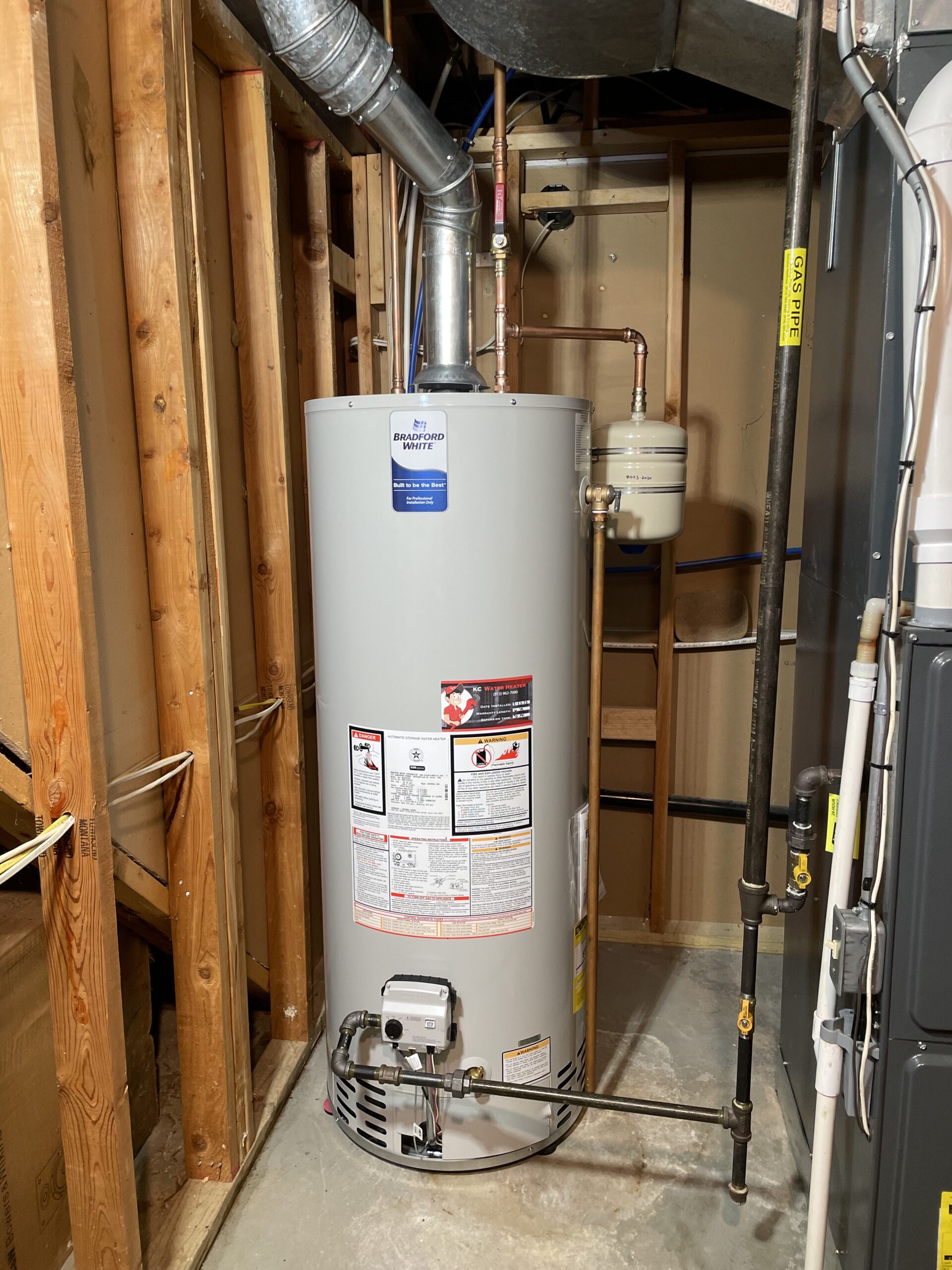Simple Steps to Maintaining Your Home's Hot Water SystemSteps on How to Maintain Your Home's Hot Water System EffectivelyMaking Sure Durability of Your Home's Hot Water System: Maintenance Tips
Simple Steps to Maintaining Your Home's Hot Water SystemSteps on How to Maintain Your Home's Hot Water System EffectivelyMaking Sure Durability of Your Home's Hot Water System: Maintenance Tips
Blog Article
Just how do you really feel when it comes to How to Maintain Your Water Heater & Prolong its Life?

Warm water is important for day-to-day convenience, whether it's for a refreshing shower or cleaning meals. To guarantee your warm water system runs efficiently and lasts longer, routine upkeep is vital. This article offers practical suggestions and insights on exactly how to keep your home's warm water system to stay clear of disturbances and expensive fixings.
Introduction
Preserving your home's warm water system may appear difficult, however with a few easy steps, you can ensure it runs smoothly for many years ahead. This guide covers whatever from recognizing your hot water system to do it yourself maintenance suggestions and recognizing when to call in professional help.
Significance of Keeping Your Warm Water System
Routine upkeep not just prolongs the life expectancy of your warm water system yet additionally guarantees it operates efficiently. Neglecting upkeep can cause reduced effectiveness, greater energy expenses, and also early failure of the system.
Indicators Your Hot Water System Demands Upkeep
Recognizing when your hot water system needs attention can protect against significant problems. Look out for signs such as irregular water temperature level, odd noises from the heater, or rusty water.
Purging the Water Heater
Purging your hot water heater eliminates sediment buildup, improving efficiency and lengthening its life.
Checking and Changing Anode Rods
Anode rods prevent corrosion inside the container. Evaluating and changing them when worn is crucial.
Complex Concerns Needing Professional Aid
Instances include major leaks, electric issues, or if your hot water heater is constantly underperforming.
Routine Professional Upkeep Perks
Specialist upkeep can include extensive evaluations, tune-ups, and guaranteeing compliance with security standards.
Inspecting and Readjusting Temperature Setups
Adjusting the temperature level settings makes certain ideal performance and safety and security.
DIY Tips for Upkeep
You can perform numerous maintenance tasks on your own to maintain your warm water system in top condition.
Looking for Leakages
Frequently inspect pipes and links for leakages, as these can bring about water damage and greater costs.
Comprehending Your Warm Water System
Before diving right into upkeep tasks, it's handy to understand the standard parts of your hot water system. Generally, this consists of the hot water heater itself, pipelines, anode rods, and temperature level controls.
Monthly Maintenance Tasks
Routine monthly checks can assist catch small issues prior to they escalate.
Checking Stress Alleviation Valves
Testing the pressure safety valve guarantees it operates properly and stops excessive stress accumulation.
Protecting Pipes
Protecting hot water pipelines decreases warmth loss and can conserve power.
When to Call a Specialist
While do it yourself upkeep is advantageous, some problems need specialist knowledge.
Final thought
Normal maintenance of your home's hot water system is important for performance, long life, and cost financial savings. By following these ideas and understanding when to seek professional help, you can guarantee a reliable supply of warm water without unexpected interruptions.
Water Heater Maintenance Tips
Test the TPR Valve
Shut off the power and the cold-water supply valve. Place a bucket under the pipe connected to the temperature-pressure-release (TPR) valve on the top or side of the tank. (This valve opens if the tank pressure gets too high.) Lift the valve’s tab to let some water out, then let go. If water keeps flowing, drain the tank partway, unscrew the old valve with a pipe wrench, and install a new one. Check the Anode Rod
Put a hose to the tank’s drain cock and let out a few gallons of water. Now fit a 1 1/16-inch socket onto the rod’s hex head on top of the heater (or under its top plate) and unscrew the rod. If it’s less than ½ inch thick or coated with calcium, buy a new one, wrap its threads with Teflon tape, put it back in the tank, and tighten securely. Use this segmented rod if headroom above the tank is limited. Drain the Tank and Wash Out Sediment
Drain the remaining water in the tank into the bucket, then stir up the sediment on the tank’s bottom by briefly opening the cold-water supply valve. Drain and repeat until clean water comes out of the hose. Close the drain cock, refill the tank, and turn its power back on. Adjust the Temperature
Find the temperature dial on the side of the tank and unscrew its cover. Adjust the dial to 120 degrees using a flathead screwdriver. For every 10 degrees the temperature is lowered, you can expect to save up to 5 percent in energy costs. Turn the water heater off or the thermostat down to its lowest setting if you plan to be away from home for more than three days. Insulate the Pipes
Buy some self-sticking 3/8-inch-thick foam pipe insulation that matches the pipes’ diameter. Slide the foam over the hot-and cold-water pipes as far as you can reach. Insulating the cold-water pipe prevents condensation in summer. Peel the tape and squeeze the insulation closed. If the pipe is 6 inches or less from the flue, cover it with 1-inch-thick unfaced fiberglass pipe wrap. https://www.thisoldhouse.com/plumbing/21016402/how-to-maintain-a-water-heater

I hope you enjoyed our section on Water Heater Maintenance Tips You Can't Afford to Forget. Many thanks for finding the time to browse our short article. For those who appreciated our blog post please be sure to pass it around. We enjoy your readership.
Here Report this page